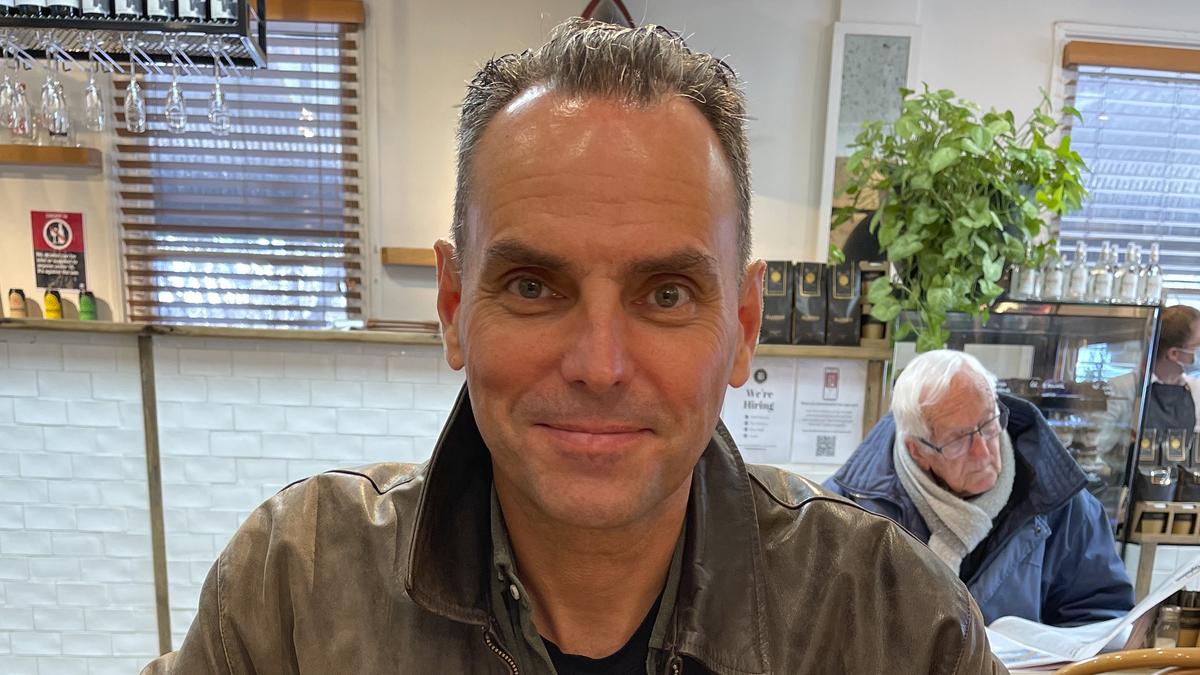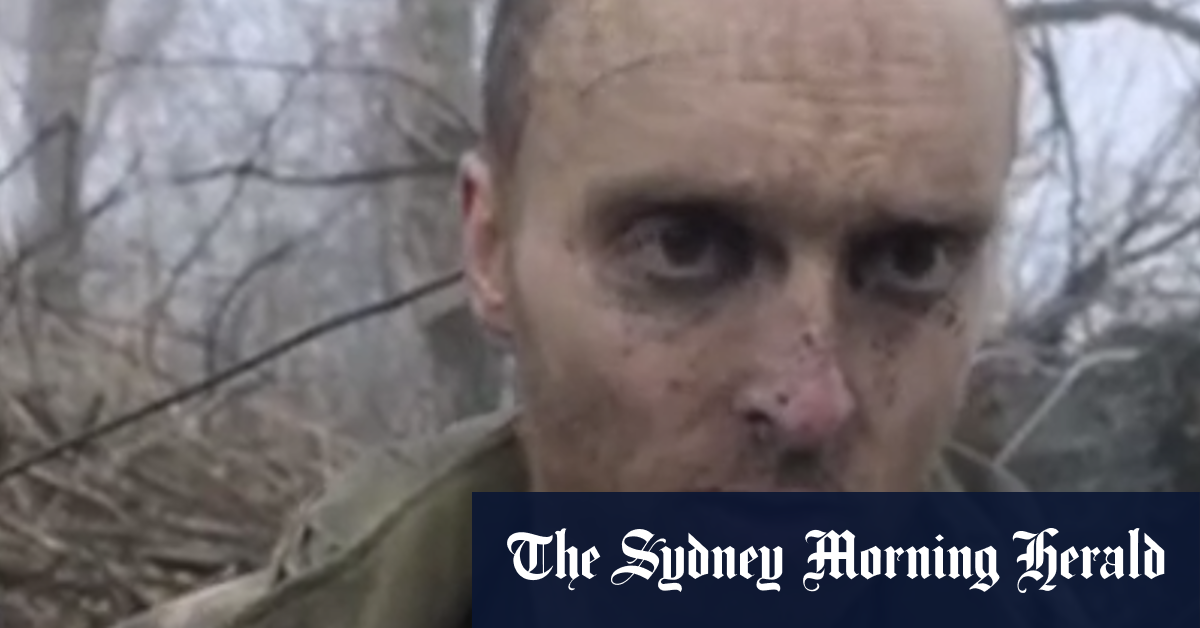How to spot a native bee and what to do to help bolster populations. Here’s what you need to know

- by Admin
- May 20, 2024
Flowers, honey and plenty of produce: bees play a vital role in nature’s ecosystem, and without them, we wouldn’t have any of these things.
To mark World Bee Day, experts have spoken to the ABC about how to spot native bees and how technology is helping us learn more about these pollinators.
Here are five quick facts about bees:
How can you spot a native bee?
The head of the native bee tech facility at Monash University, Alan Dorin, explains there are about 20,000 species of bees world wide
“Most of us are familiar with the European honey bee that was introduced to Australia, [but] we have maybe about 2,000 species of native bees,” he said.
“Unlike the European bee, natives often don’t make honey, many are stingless, and many don’t live in large colonies.”
Associate professor Caitlyn Forster from the University of Sydney said two of the best-known Australian species, the blue-banded bee and teddy bear bee, can usually be heard before you see them.
She said this is because they are buzz pollinators — meaning they shake flowers to get the pollen out of them.
“Other common bees, the native stingless, are harder to spot,” she said.
“They are tiny little black bees that look like flies or flying ants.”
She said most of these bees live underground by themselves.
What is happening with varroa mite?
The first instance of varroa mite in Australia occurred in June 2022 in Newcastle.
Dr Forster said the initial plan to try to eradicate the mites, which spread viruses that cripple bees’ ability to fly, had since been adapted into managing the spread.
“We know varroa mite is here to stay in New South Wales,” she said.
Dr Dorin said varroa mite was mostly a problem for the introduced European honey bees.
“Our native bees have survived for millions of years before the arrival of the honey bees. So it is possible that when varroa hits hard, and it is increasingly hitting, the honey bee populations are going to suffer a major decline in the wild especially,” he said.
“We’re still managing many populations, of course, and we’ll continue to do that because they’re so valuable for our agriculture. But our native bees are great pollinators of the groups.”
How is technology helping bees?
Dr Dorin said improved monitoring and AI have led to advances in bee study.
“We also use computer science to build simulations that run a little bit like a computer game,” he said.
“You can imagine a game like Pac-Man with ghosts running around in this game, the ghosts are the insects and [there are] no Pac-Man eating them, and we watch what the insects do as they move across crops or wildflowers and that way we can track their pollination behaviour.”
He said, more importantly, they can use the technology to make predictions of how bees will react in different circumstances, such as different lighting, to make recommendations to growers about how to rearrange their infrastructure to improve pollination.
He said improvements in technology helped scientists better understand the different visuals of bees, including their ability to see parts of the UV spectrum humans can’t see.
“Some flowers that look very similar to us, we might say that these two are almost indistinguishable, it would be immediately obvious to a bee if they see the UV patterns on the petals and that helps them,” he said.
“That’s why you need the little AI eyes, if you like, to see what it is that the bee sees, and then run simulations with thousands, tens of thousands, hundreds of thousands of virtual bees.”
What do we know about declining bee populations?
About 75 per cent of crops rely on some form of pollination, Dr Forster said.
“Having less pollinators available is going to have huge impacts on food safety,” she said.
Pollinators in Australia include hoverflies, often referred to as flower flies or drone flies, which tend to be more active in autumn than most bees.
“Our native pollinators are very important, we often don’t know how important,” Dr Forster said.
She said this is because there is not a lot of research available about individual species and which crops they have the most impact on.
While there are records on commercial honey bee populations there is no official data on feral honey bee colonies or native bee species populations.
“Some native pollinators we don’t even have a name for,” she said.
What can individuals do to help bees?
Dr Forster said helping bees is quite simple — and if you enjoy gardening you are probably already doing it.
“Make sure we have some flowers in our garden,” she said.
“And try not to rely so heavily on pesticides.”
The Latest News
-
December 24, 2024Christmas Day Tennis: 5 times Australian Open was held over December 25th
-
December 24, 2024Australian football team set to play Nantwich during UK tour
-
December 24, 2024Australian teenager to become youngest Test batting debutant in 71 years
-
December 24, 2024Andrea Petkovic has changed her predictions over how Iga Swiatek is going to do at the Australian Open in 2025
-
December 24, 2024The installed base of fleet management systems in Australia and New Zealand will reach 2.7 million units by 2028





